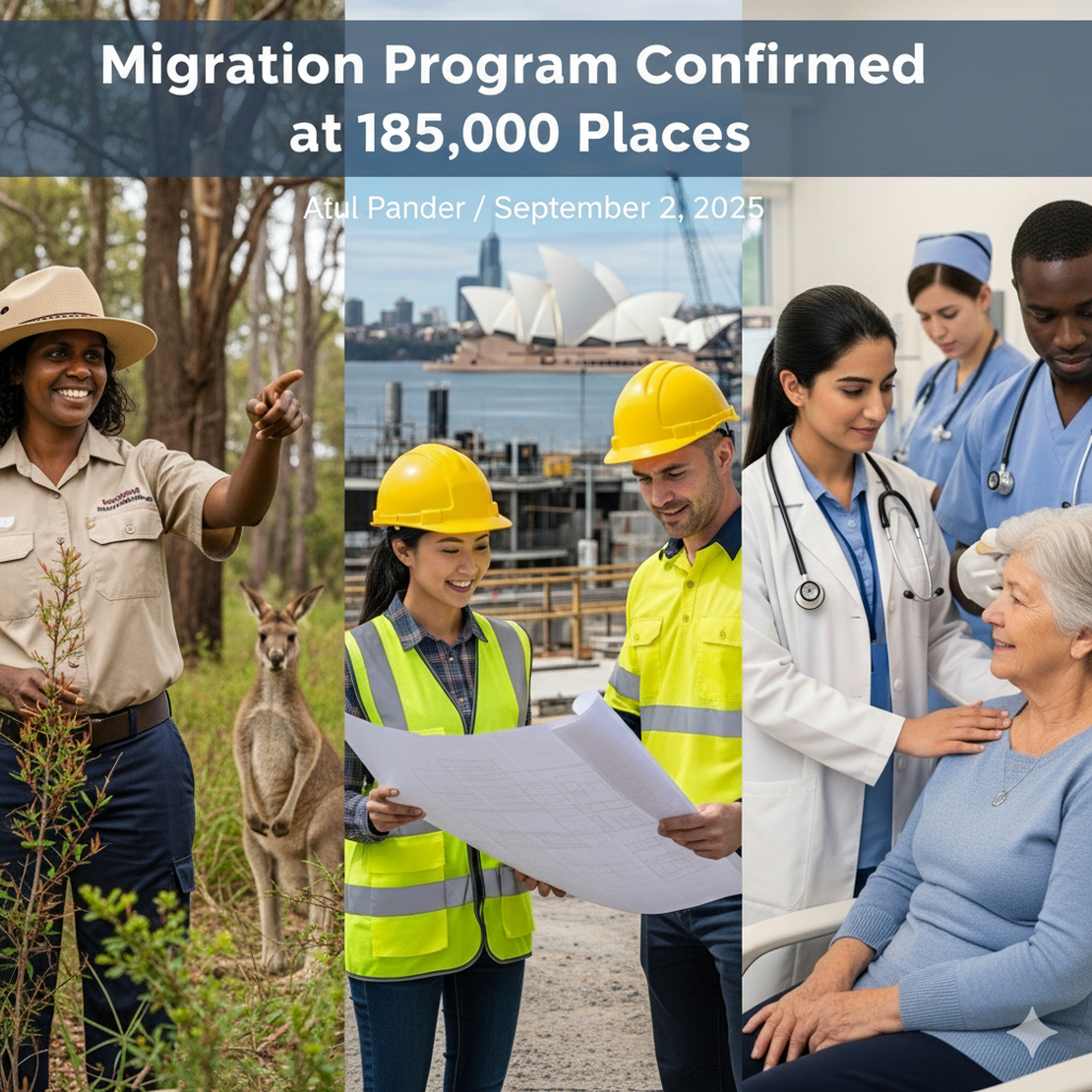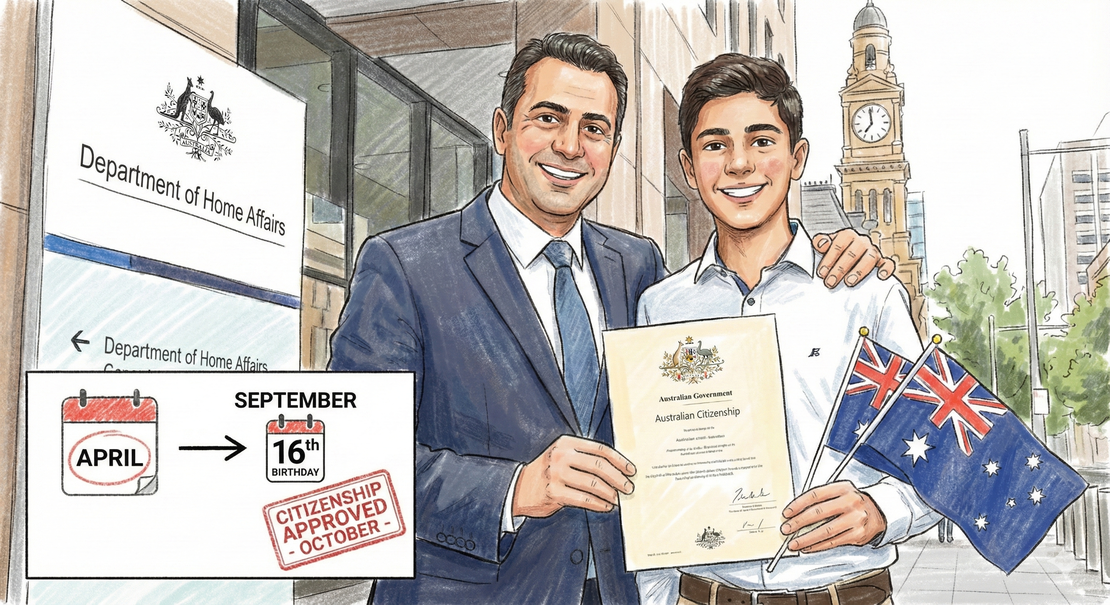This morning (2 September 2025), the Minister for Home Affairs, Tony Burke MP, announced that Australia will maintain the 2025–26 Permanent Migration Program at 185,000 places the same level and composition as the 2024–25 Program with an ongoing emphasis on skilled migration. Following consultation with states and territories, the recommendation was to keep both size and settings steady. The Department of Home Affairs also confirmed it has been processing visas based on last year’s levels, so there is no disruption to delivery.
⚠️ Note: The Department’s website has not yet been updated. Based on the media release, the composition for 2025–26 is expected to remain the same across the Skilled, Family and Special Eligibility streams.
What today’s announcement means (at a glance)
- No reduction in places: The Program stays at 185,000.
- Skilled remains the priority: Ongoing emphasis on critical skills across health, tech, engineering and trades.
- Processing continues as normal: No pause or reset—applications are being processed to existing settings.
- Predictability for applicants & employers: Consistent planning levels help with workforce and family timelines.
- Competition still strong: High demand means quality, complete applications matter more than ever.
Why the Government is holding steady on migration levels
- Labour market needs: Employers continue to signal shortages in priority occupations.
- State & territory planning: Jurisdictions advocated for stability to align workforce and services.
- Economic confidence: A steady program supports investment, community services and long-run productivity.
Over the weekend: anti-immigration rallies - how should future migrants read the mood?
Rallies were held in Sydney, Melbourne, Brisbane and elsewhere over the weekend, underscoring that migration remains a highly debated topic. If you’re considering Australia:
3 Insights for Future Migrants
- Policy > headlines: Demonstrations reflect a slice of public opinion, but policy is set through formal processes. Today’s confirmation of steady planning levels shows the Government’s current position is unchanged.
- Contribution wins trust: Newcomers who integrate locally, volunteer, and build careers become powerful examples of migration’s benefits, socially and economically.
- Local stories matter: Share your professional impact (regional work, critical skills, community participation). These narratives often influence how migration is understood on the ground.
Action steps for applicants (checklist)
- Prioritise completeness: Lodging a well-documented, decision-ready application can reduce friction and avoid delays.
- Target priority skills: If you’re in a critical occupation, highlight it clearly in your evidence and employer references.
- Stay updated: Program delivery is continuing, but operational notes (state nomination rounds, occupation lists) can shift - monitor official updates* and reputable advisories.
- Plan timelines realistically: Even with steady planning levels, high demand means you should allow buffer time for skills assessments, English tests, health and police checks.
- Get expert help: Complex cases or tight timelines often benefit from professional guidance.
We’ll keep you informed
We’re tracking this closely and will provide our members with deeper analysis in our Migration Intelligence newsletter as soon as additional details are available from the Department. If you’re not yet a subscriber, you can join the newletter or signup as a migration client to get policy alerts, sector-by-sector insights and state nomination tracking.
- 🔔 Want tailored guidance? Book a consultation





